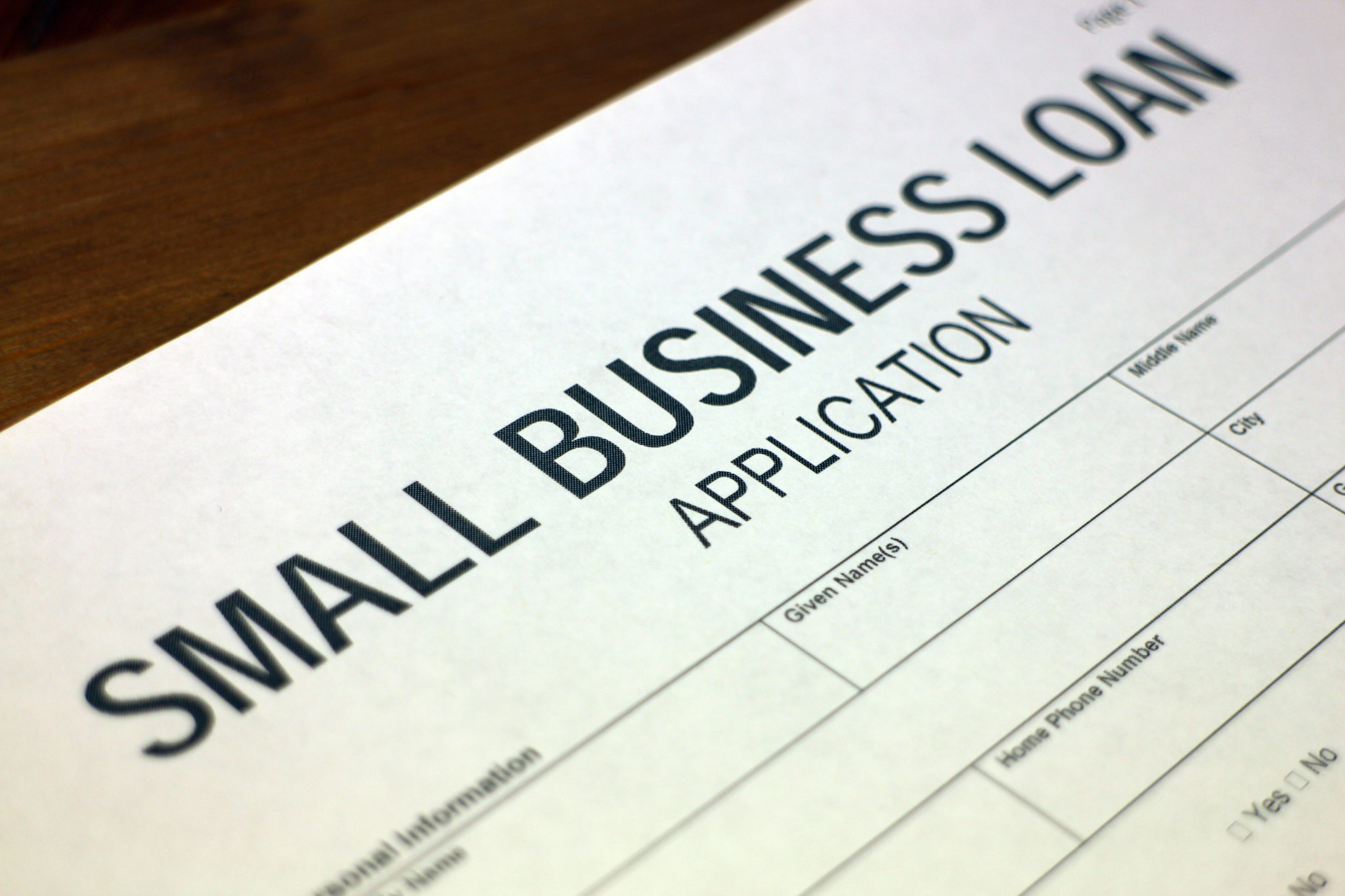Acquiring a manufacturing business is a significant endeavor. A critical step in this process is securing the funding to buy the company you have in mind. Oftentimes, entrepreneurs seek financing from angel investors or venture capitalists.
However, these options don’t always work out. The investors may have requirements you can’t meet or that you don’t agree with. At the same time, they might not offer the full amount you need to acquire the targeted business.
SBA-Guaranteed Loans
Fortunately, the U.S. Small Business Administration — or SBA — is a governmental organization that aims to help U.S. businesses start and expand. As such, an important service the SBA provides is guaranteeing business loans that are extended by certain banks and other SBA lenders against default, as Investopedia explains.
That means that if an entrepreneur defaults on an SBA loan, the SBA covers the losses up to a predetermined amount — not the lending institution. It should be clear that this arrangement enables SBA lenders to offer higher loans with better terms than they would without the SBA guarantee.
The 7(a) Guaranteed Loan Program
There are various types of SBA lenders that each come with their own specific requirements. In general, the lender approves the loan for underwriting and then submits it to the SBA. If it’s approved, the SBA repays up to 85 percent of losses in the event of default, depending on the loan amount and the type of loan, which can include:
- Standard 7(a)
- 7(a) Small Loan
- SBA Express
- Export Express
- Export Working Capital
- International Trade
- Preferred Lenders
- Veterans Advantage
- CAPLines
–
Out of all of these types of loans, loans from preferred SBA lenders are the considered to be the most advantageous.
The Preferred Lender Program (PLP)
Preferred lenders are lenders that participate in the Preferred Lender Program — or PLP. Lenders in the PLP are given the authority by the SBA to make the decision whether or not to extend credit to the loan applicant.
In contrast, non-preferred lenders have to submit loan applications to the SBA for approval — and that process can take up to a month beyond the lending bank’s approval process. In other words, applying for a loan from a preferred lender is a much faster process.
How Preferred SBA Lenders Are Selected
To become a preferred lender, a lender must request to be considered for preferred status by an SBA field office. Alternatively, the SBA field office in the region where the lender is located can nominate the lending institution.
To determine whether or not a lender qualifies as a preferred lender, the SBA examines the lender’s ability to create and analyze comprehensive loan packages. It also looks at the lending institution’s ability to handle all aspects of loan processing, closing, servicing and liquidating, as well as at its SBA performance.
Benefits of Preferred Lending
Dealing with preferred SBA lenders have significant advantages, according to All Business:
- Preferred lenders have the ability and authority to approve loan requests in-house, without requesting approval from the SBA. This cuts the approval time drastically and offers a much more streamlined business process.
- Preferred lenders can offer loans that are guaranteed for up to 85 percent of $5 million. They offer borrowers who qualify more options, giving them greater freedom in their loan requests.
- Preferred lenders offer entrepreneurs the ability to acquire a business with as little as 10 percent down.
- Preferred lenders usually offer lower interest rates and repayment terms from seven to 25 years and no prepayment penalties other than on commercial real estate.
- Preferred lenders are reputable and have a proven track record, since they have an ongoing relationship with the SBA.
–
How to Qualify for a Loan From a Preferred Lender
It’s clear that a loan from a preferred lender offers many benefits. So, the next question becomes: Who qualifies? Fundera reports that they aren’t any set guidelines.
However, in general, loan applicants should have a credit score of 620 or higher. They should be seeking to acquire a for-profit business in the United States and have a personal investment of money and time in the business.
Differences Between Preferred SBA Lenders
It’s important to note that there are significant differences between preferred SBA lenders. For example, while the SBA has a minimum debt service coverage ratio — or DSCR — of 1.15 percent, some major preferred lenders have internal DSCRs of 1.4 or even 1.5 percent. As a result, they’re willing to lend less on the same transaction as other banks.
In addition, some banks have internal lending limits on SBA 7a acquisition loans of $1.5 million if the goodwill in the transaction is more than $500,000. Similarly, some banks won’t approve deals where the selling company has a customer concentration of more than 20 percent.
However, in sectors such as aerospace, it’s impossible to not have a larger concentration due to the nature of the business — so it’s imperative to find a bank that understands both manufacturing and the specific sector.
Work With a Business Broker to Find the Right Preferred Lender
All things considered, a loan from a preferred lender can open a lot of doors when you’re looking to acquire a manufacturing business. However, as we’ve seen, there are distinct differences between preferred lenders.
That’s why it’s critical to work with a business broker who can help you avoid pitfalls, poor advice, and find a preferred lender whose internal criteria are a good match for your specific situation.

